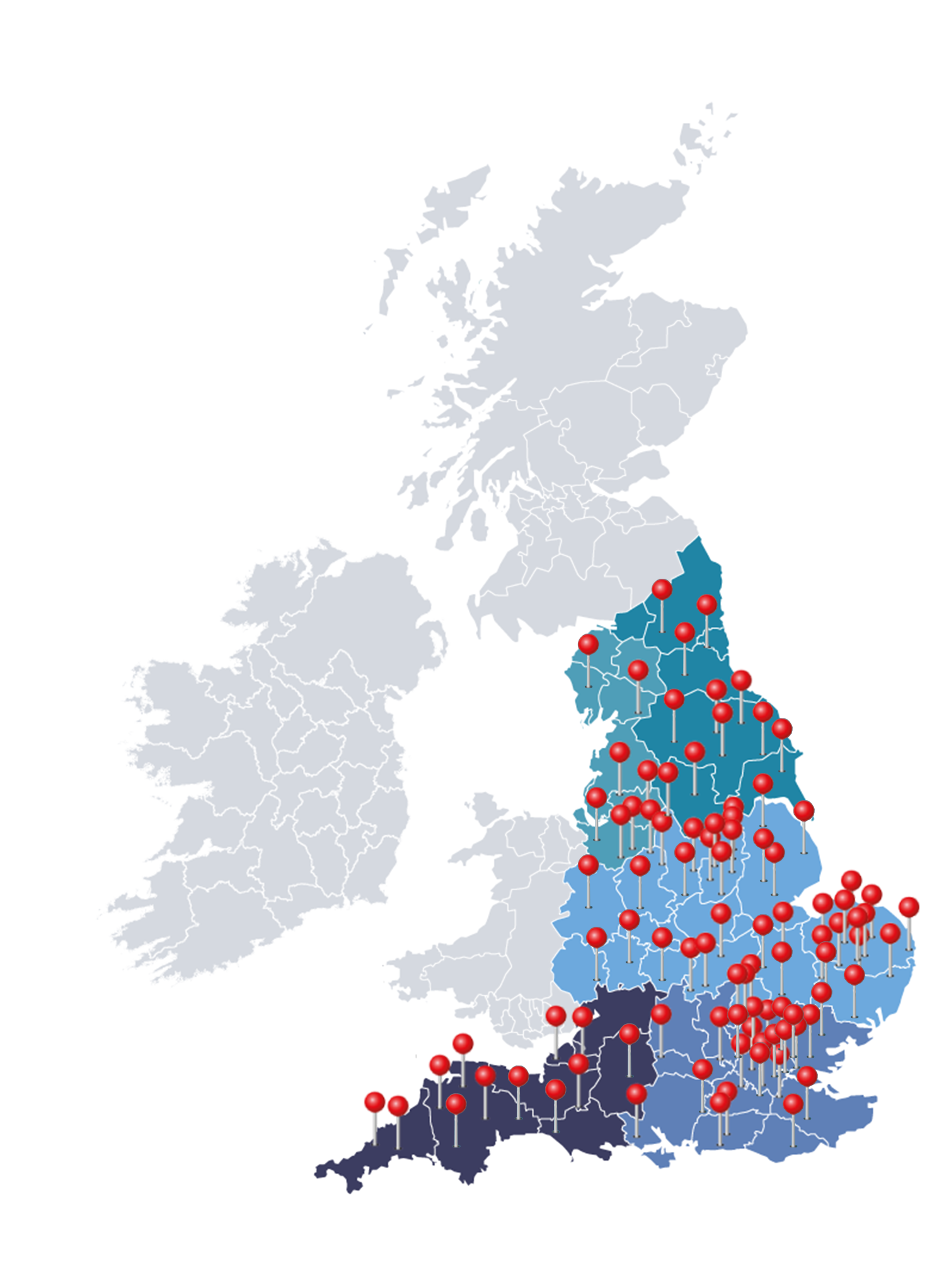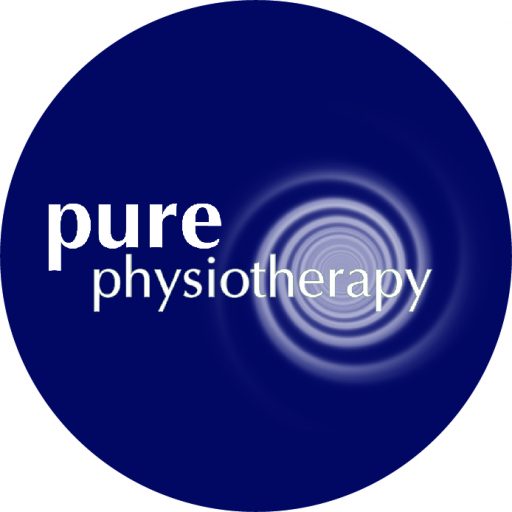Strictly necessary cookies are required on this website to help us remember your options, and also protect our website and our users.
We use a range of technologies on our website that restrict and deter the use of bots. These include Google's ReCaptcha service. https://www.google.com/recaptcha/about/
To read more about our Strictly Necessary Cookies, Please Click Here
If you disable this cookie, we will not be able to save your preferences. This means that every time you visit this website you will need to enable or disable cookies again.







